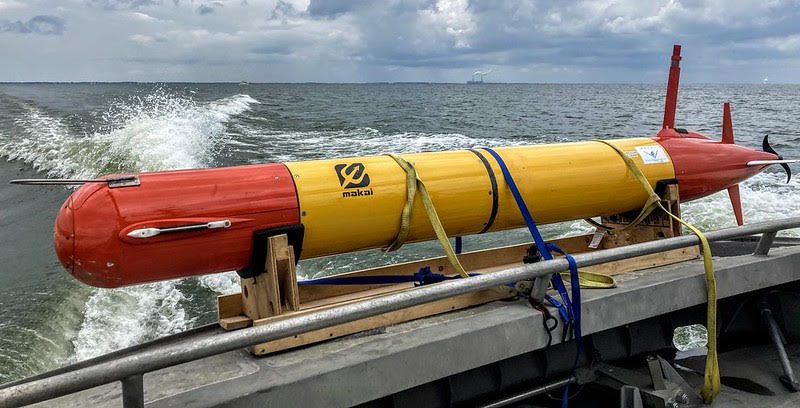
Can robots provide data on toxic cyanobacteria in lakes?
Autonomous vehicles dive into some of the Great Lakes’ harmful algal blooms Blooms of toxic cyanobacteria can impact human and ecosystem health and have led

Autonomous vehicles dive into some of the Great Lakes’ harmful algal blooms Blooms of toxic cyanobacteria can impact human and ecosystem health and have led
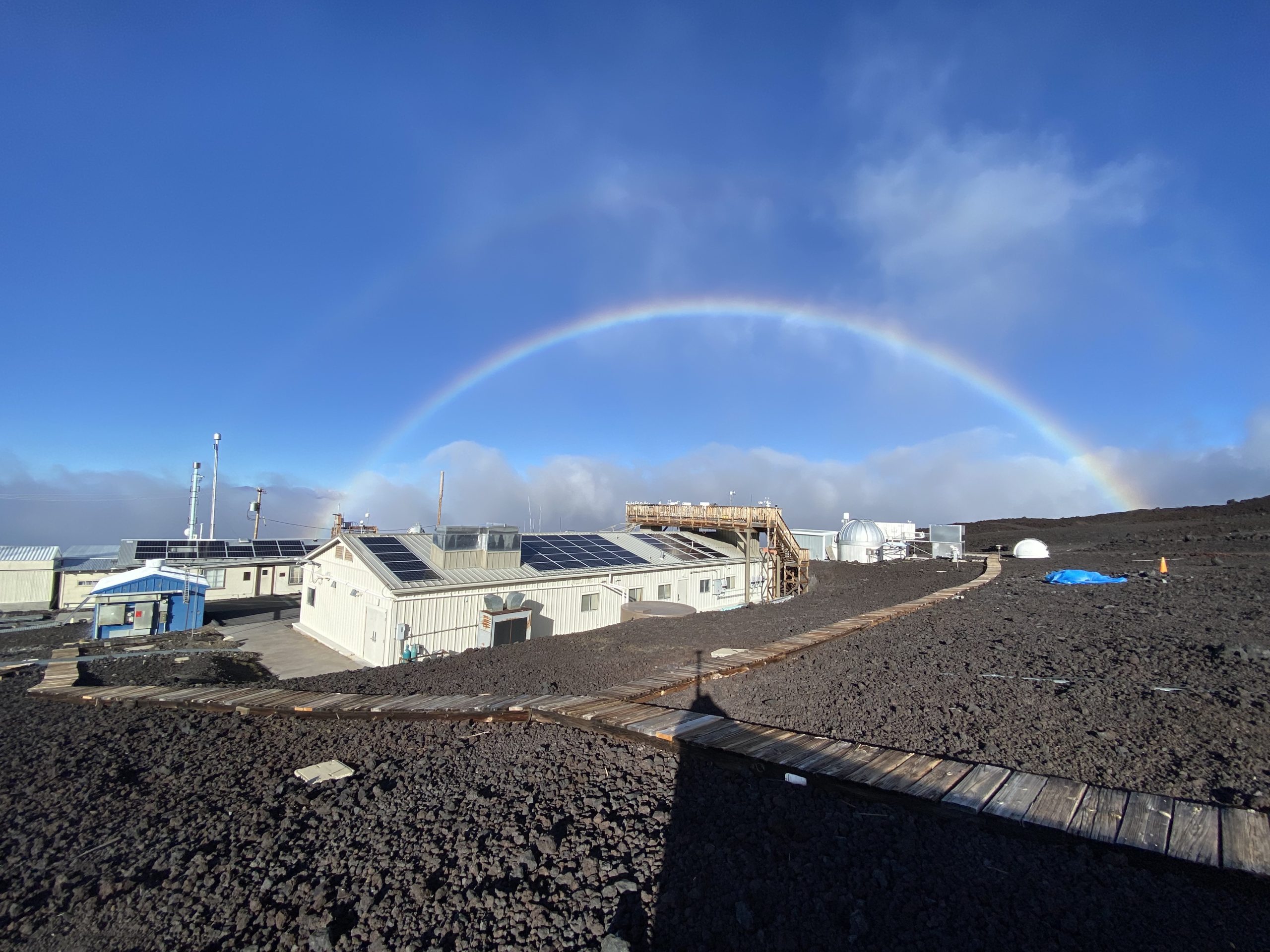

As atmospheric greenhouse gas levels continue to rise, it is important to understand the basics of what these gases are, how NOAA monitors them, and
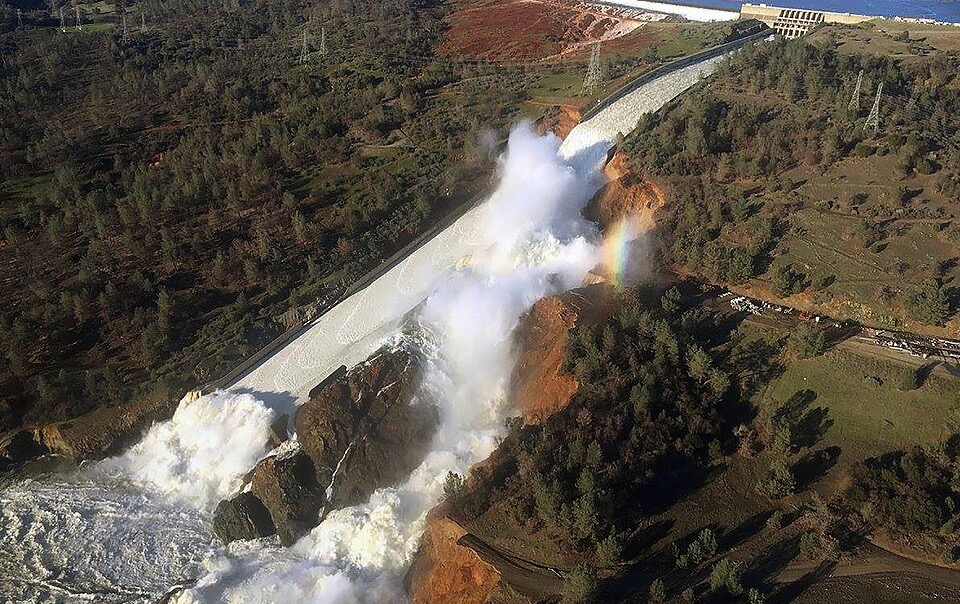

As climate change continues to supercharge storms that threaten existing infrastructure, there’s an urgent need to modernize estimates of probable maximum precipitation and improve the
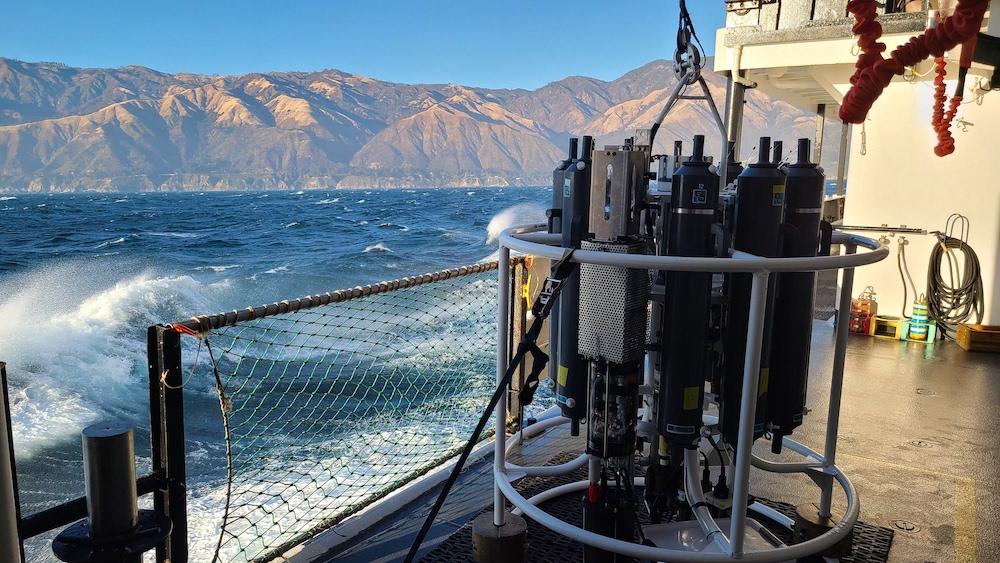

Emerging technology will allow scientists to better understand abundance and diversity of aquatic species The United States’s aquatic resources are a national treasure, a system
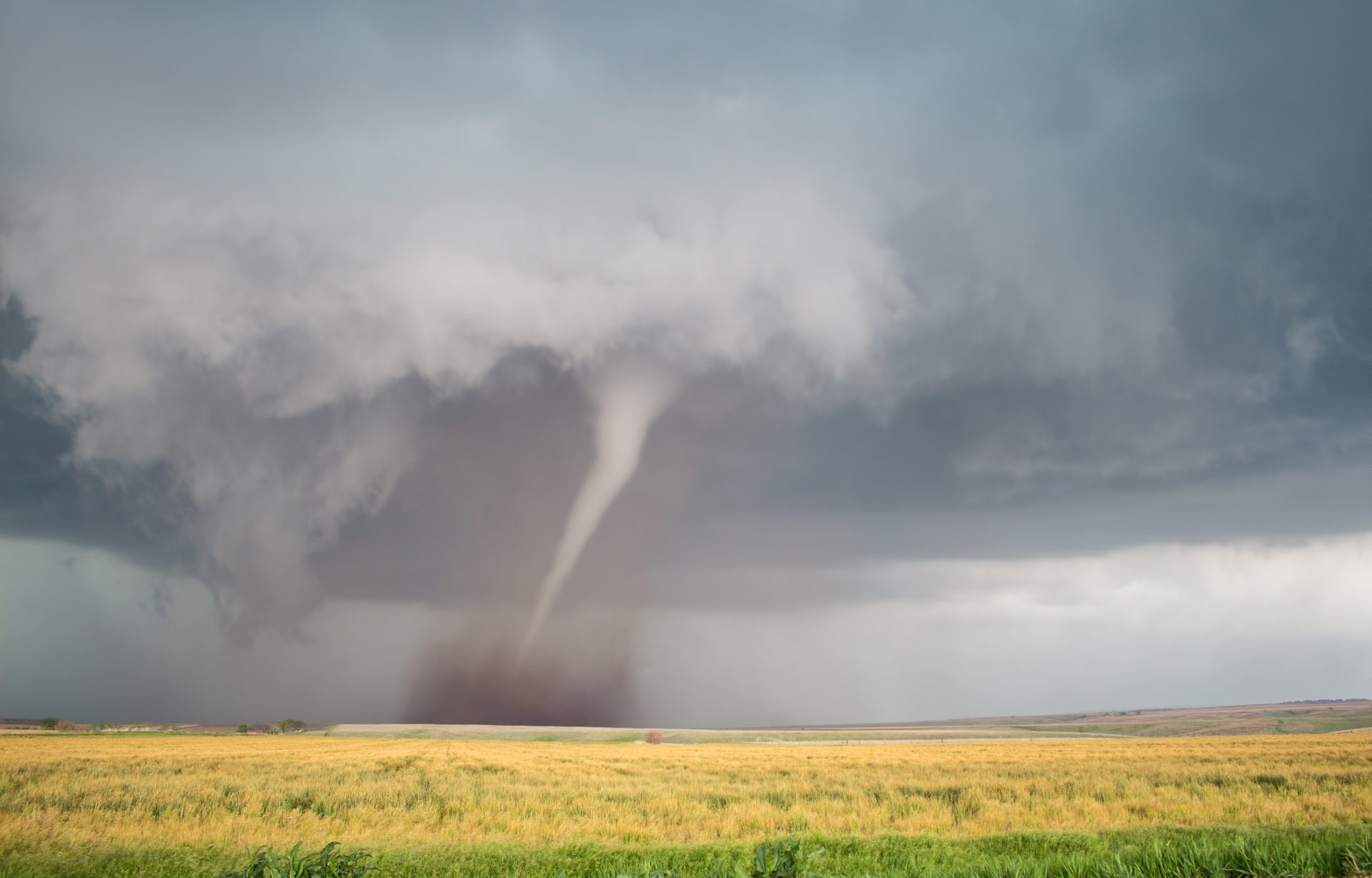

On May 21, 2024, severe thunderstorms struck central Iowa, producing flash flooding, straight line wind damage and at least nine tornadoes. One of those tornadoes
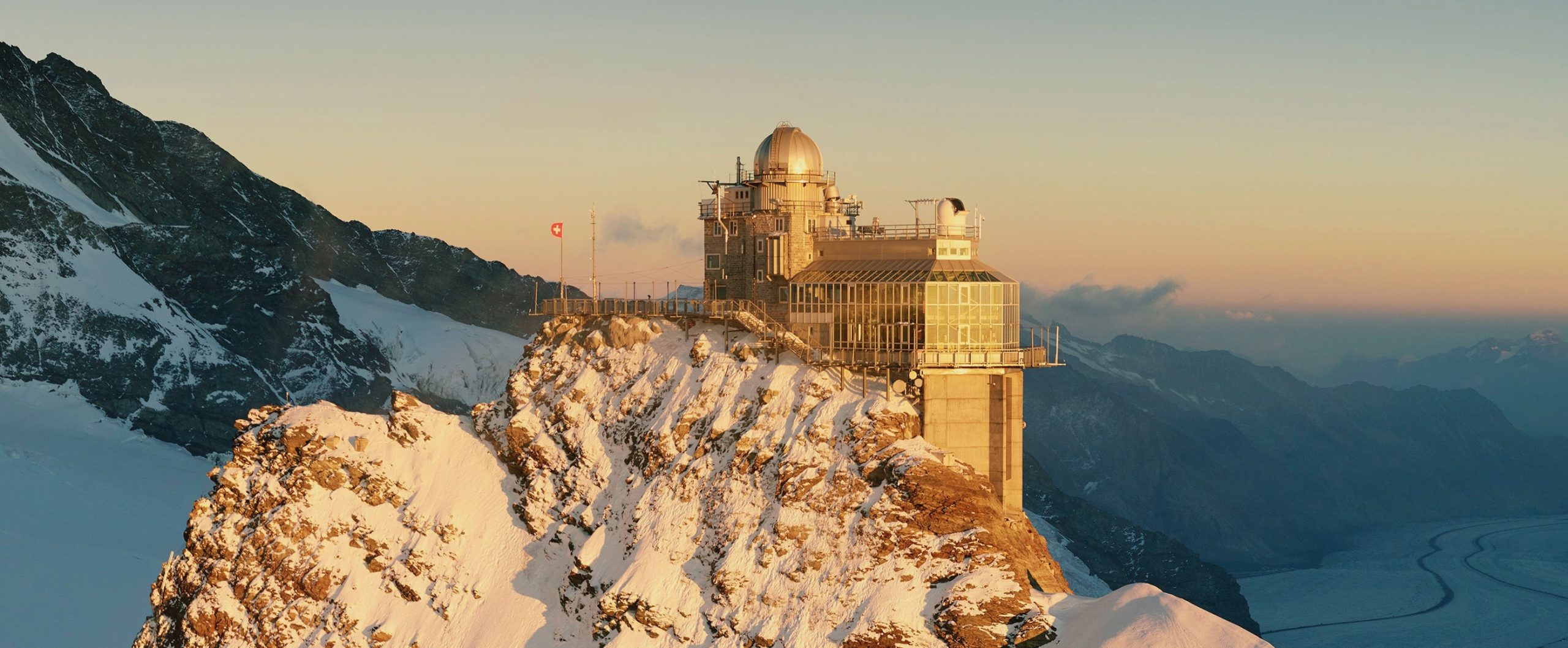

New research by a team including current and former NOAA-affiliated scientists has shown that atmospheric concentrations of a class of ozone-depleting chemicals used as refrigerants,
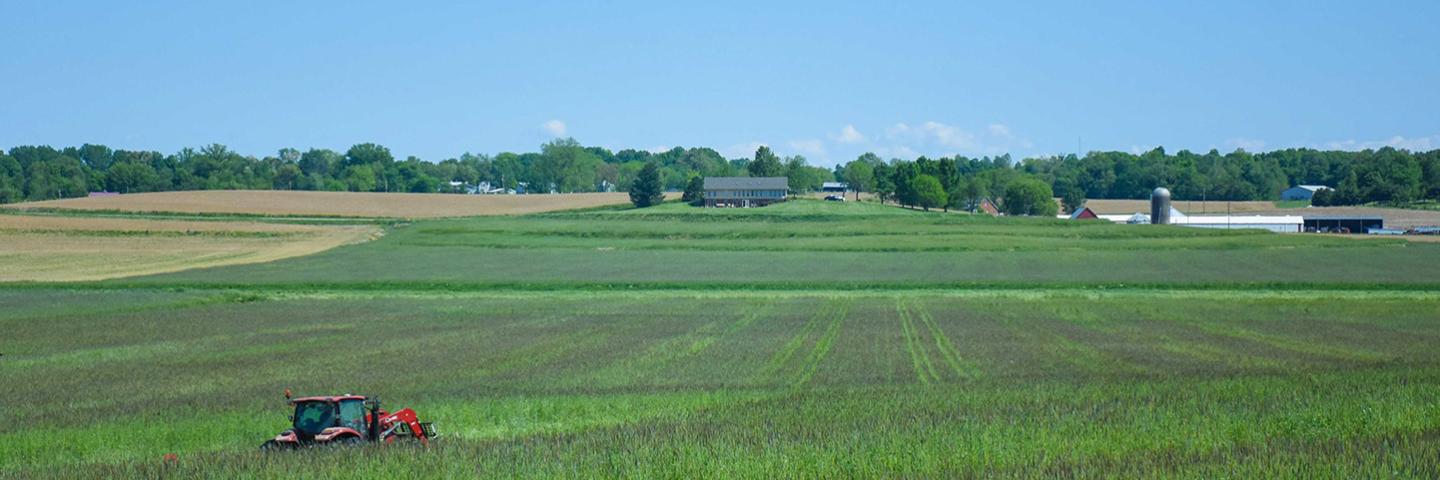

Concentrations of N2O, a potent greenhouse gas, are higher than all major model projections
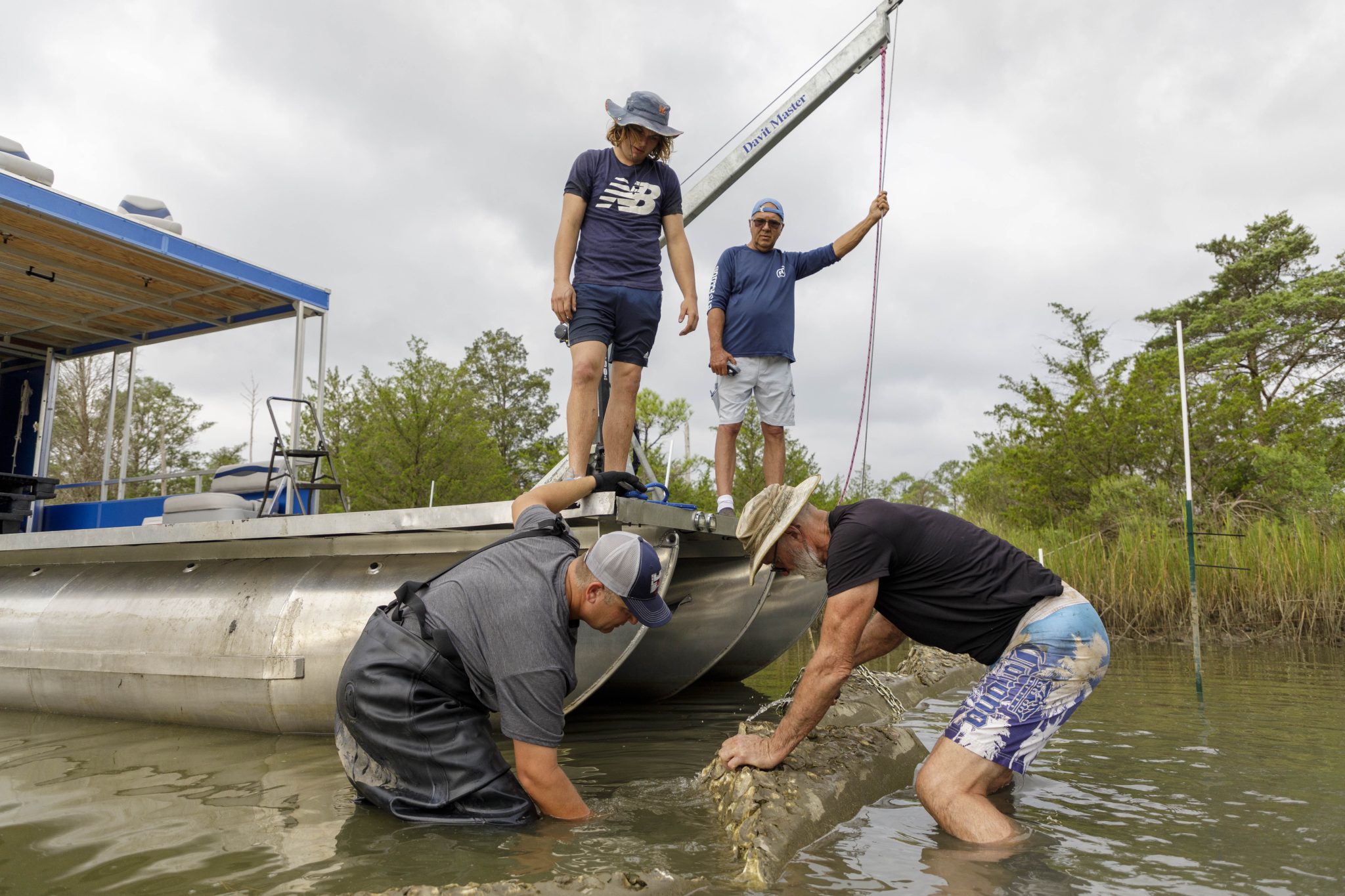

NOAA’s National Sea Grant College Program and Climate Program Office, with support from NOAA’s Office for Coastal Management, are establishing programs that place people across
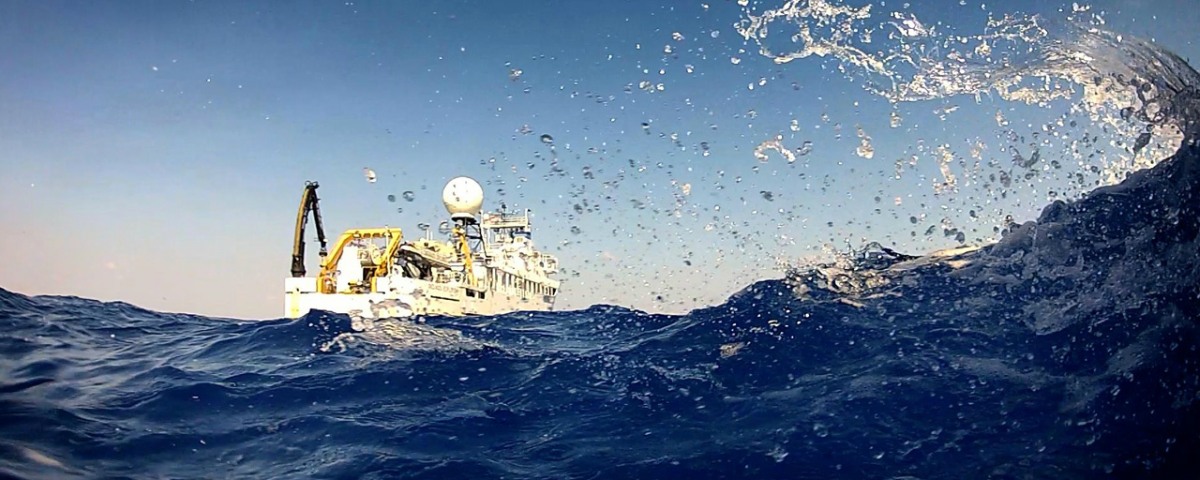

The ocean provides us with vital resources and plays a large role in the climate of our planet. Let’s dive into learning about some of
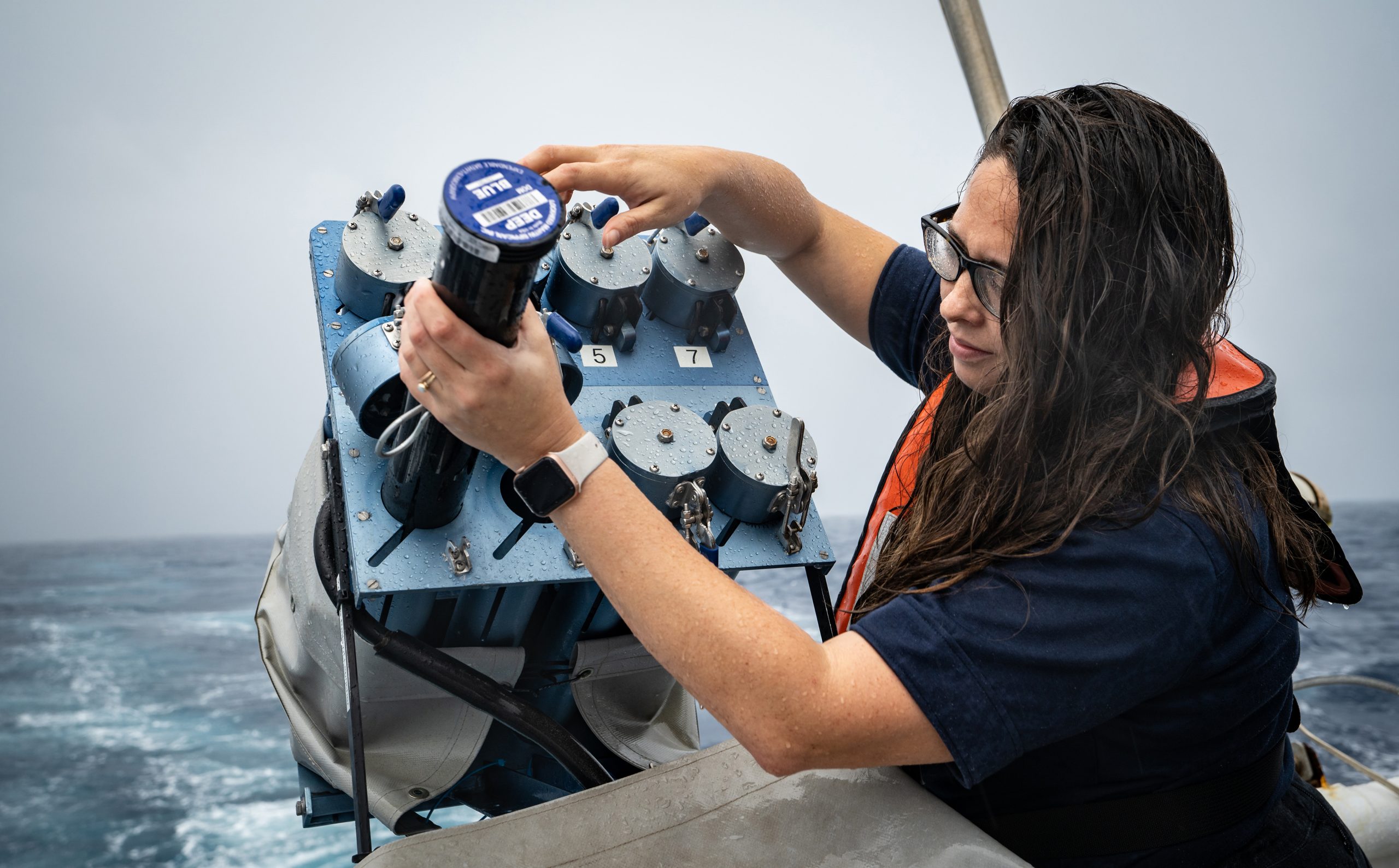

Today, NOAA and the U.S. Department of Energy (DOE) signed a memorandum of agreement (MOA) on future collaborations regarding marine carbon dioxide removal research and